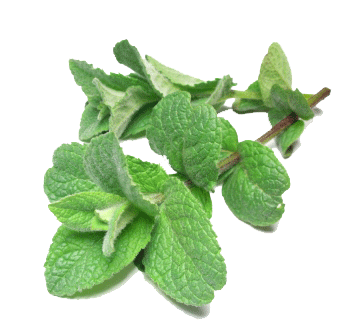Peppermint is More Than a Mouth Freshener

Peppermint comes to mind when you think about the flavor in most gums, mouthwashes and breath drops. Though it is typically thought to be a refreshing ingredient for your mouth, it actually is quite therapeutic for your digestive tract as well. For centuries, Peppermint has been used to remedy stomach upset and provide intestinal support.
The way Peppermint works is that it calms the muscles of the stomach and relieves some of the spasms or cramping associated with digestive upset. Peppermint oil contains menthol which can help sooth the nerves in the stomach to relieve bloating, gas, IBS and general abdominal pain. Menthol has long been used to treat motion sickness and nausea, so it makes sense that Peppermint containing this compound would help with stomach pain.
Peppermint leaves can be eaten raw or boiled; and the Peppermint oils can be condensed into supplement form or small gelatin mints. If you are taking an enteric coated soft-gel it is most beneficial because the enteric coating keeps the peppermint from being digested in the stomach. Enteric Coating basically acts like a barrier to make sure the peppermint oil is released in the proper part of the stomach. Use of this coating is often referred to as “targeted release”. If the peppermint oil is released at the wrong time in the stomach, it can result in heartburn or ineffectiveness of the Peppermint.
Peppermint leaves are also used as a garnish, not only for their decorative touch, but also as an after meal refresher for the palate and the stomach. Along with soothing the cramping of a stomach ache, the essential oil of peppermint stops the growth of several types of bacteria. It is very sensible to digest some sort of peppermint variety after a meal or to relieve any stomach upset.
- Posted in Herbs For Health
- No Comments



